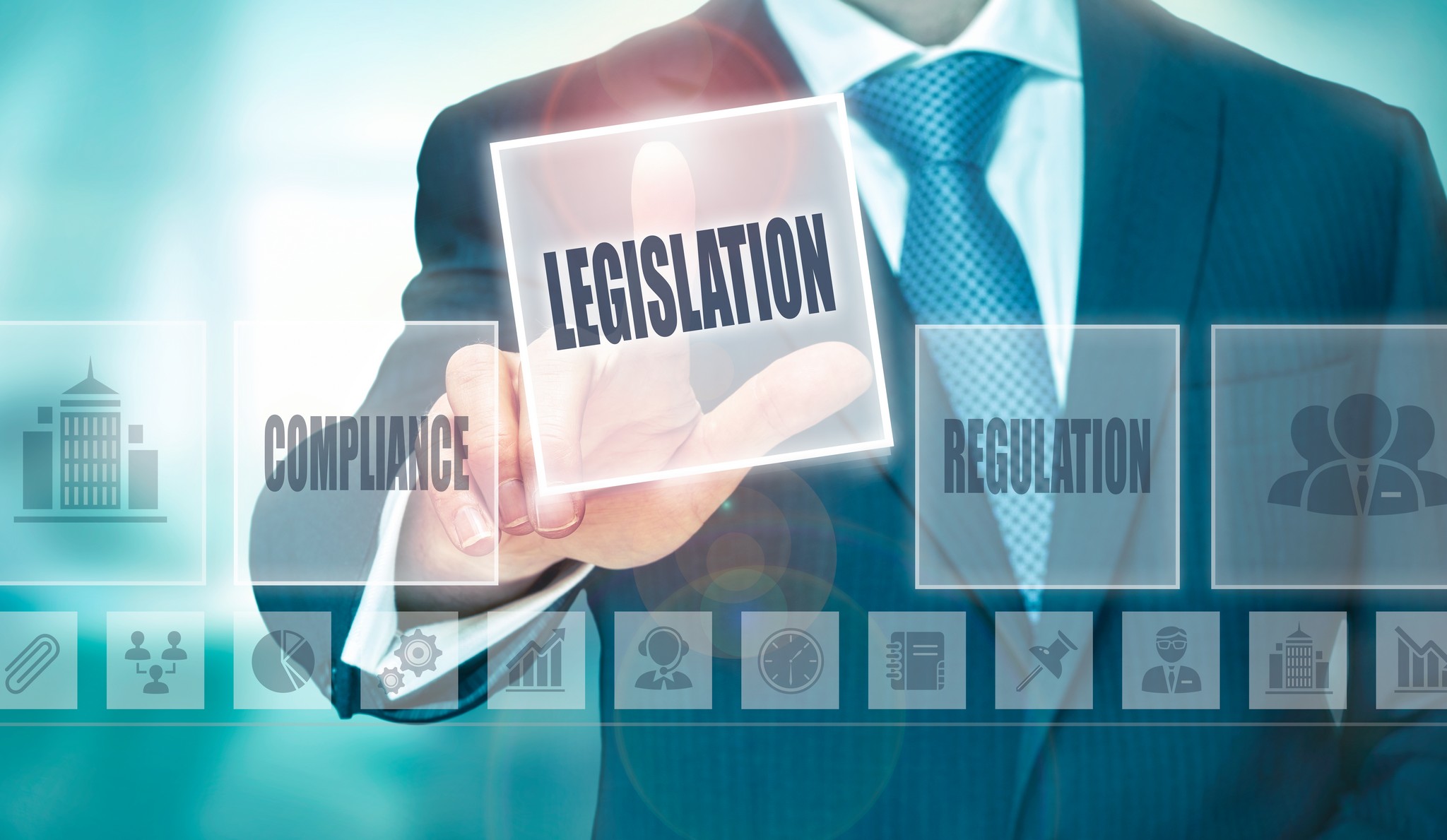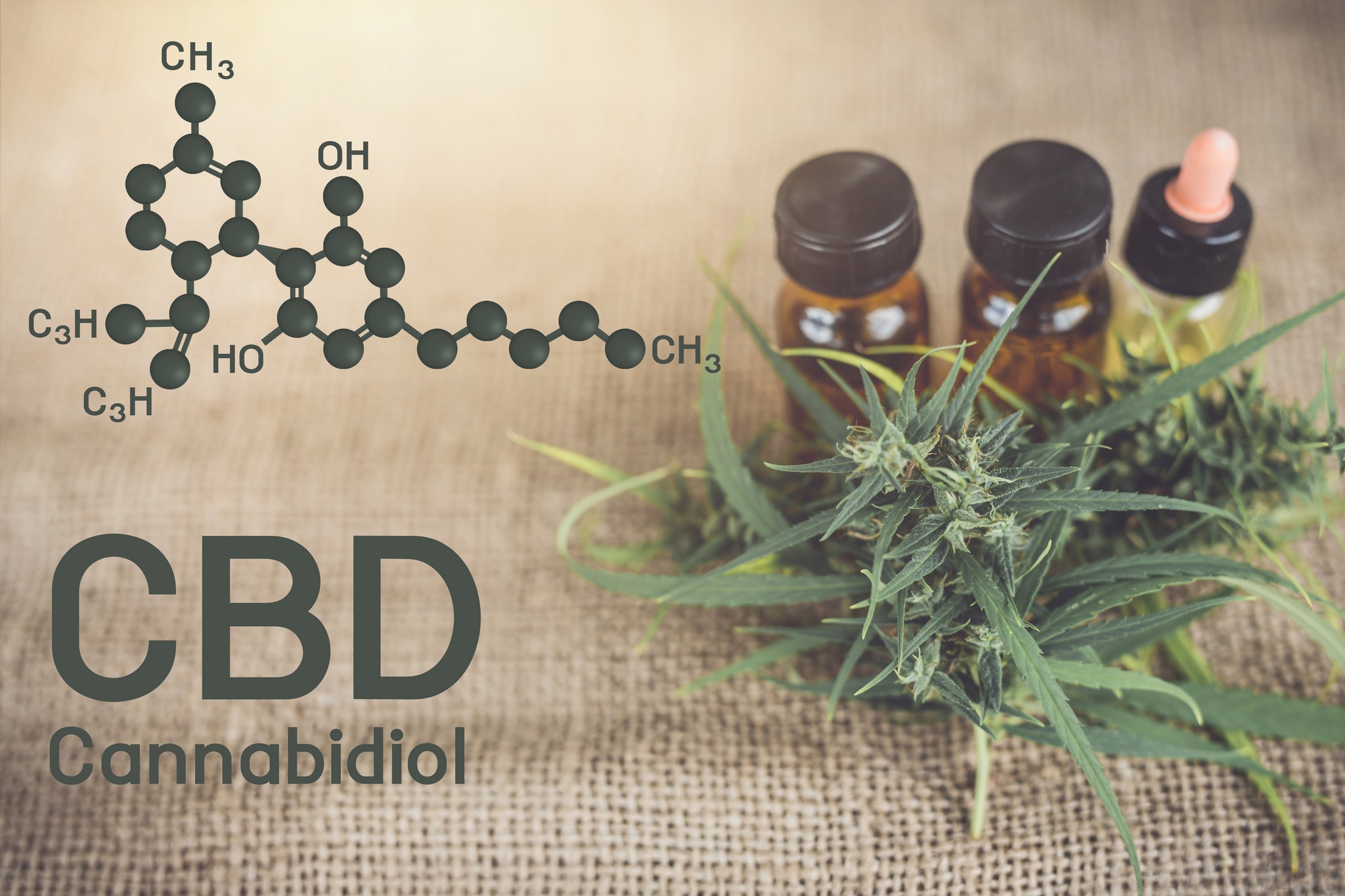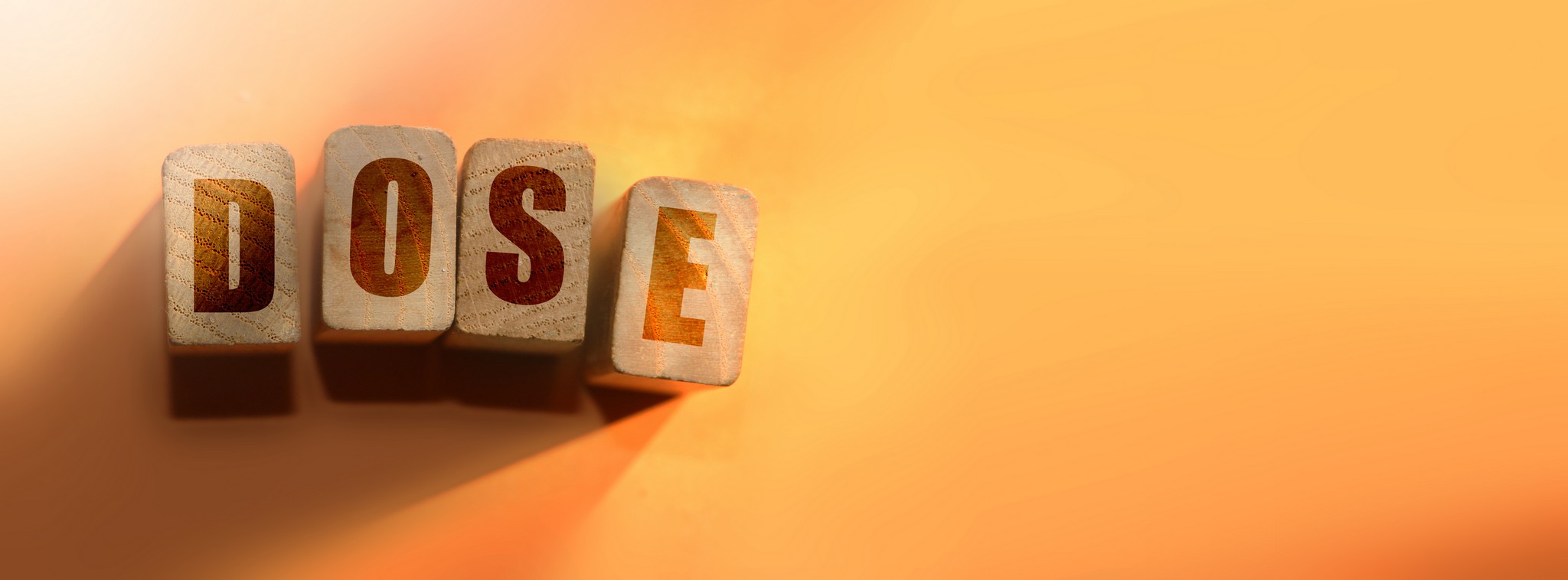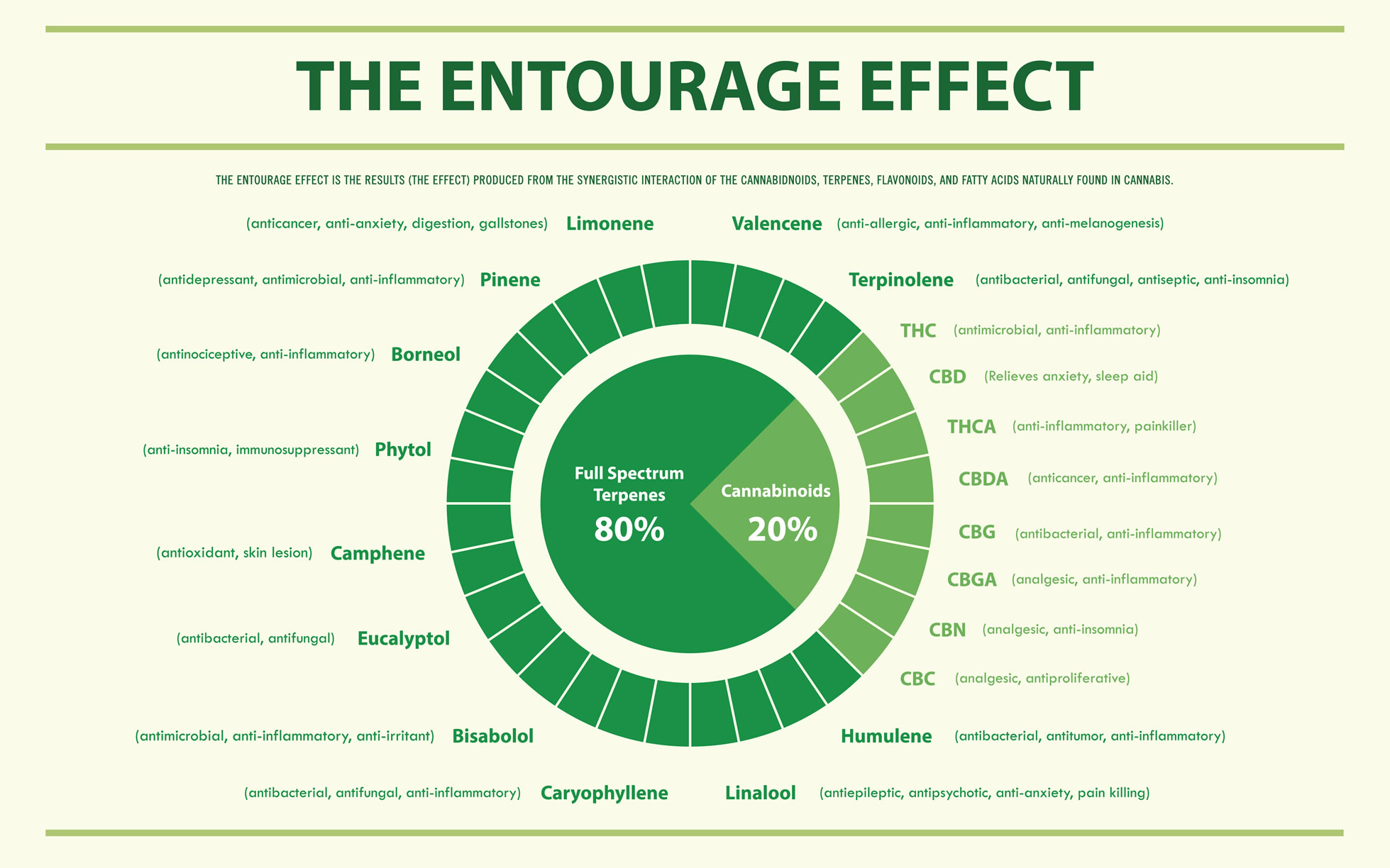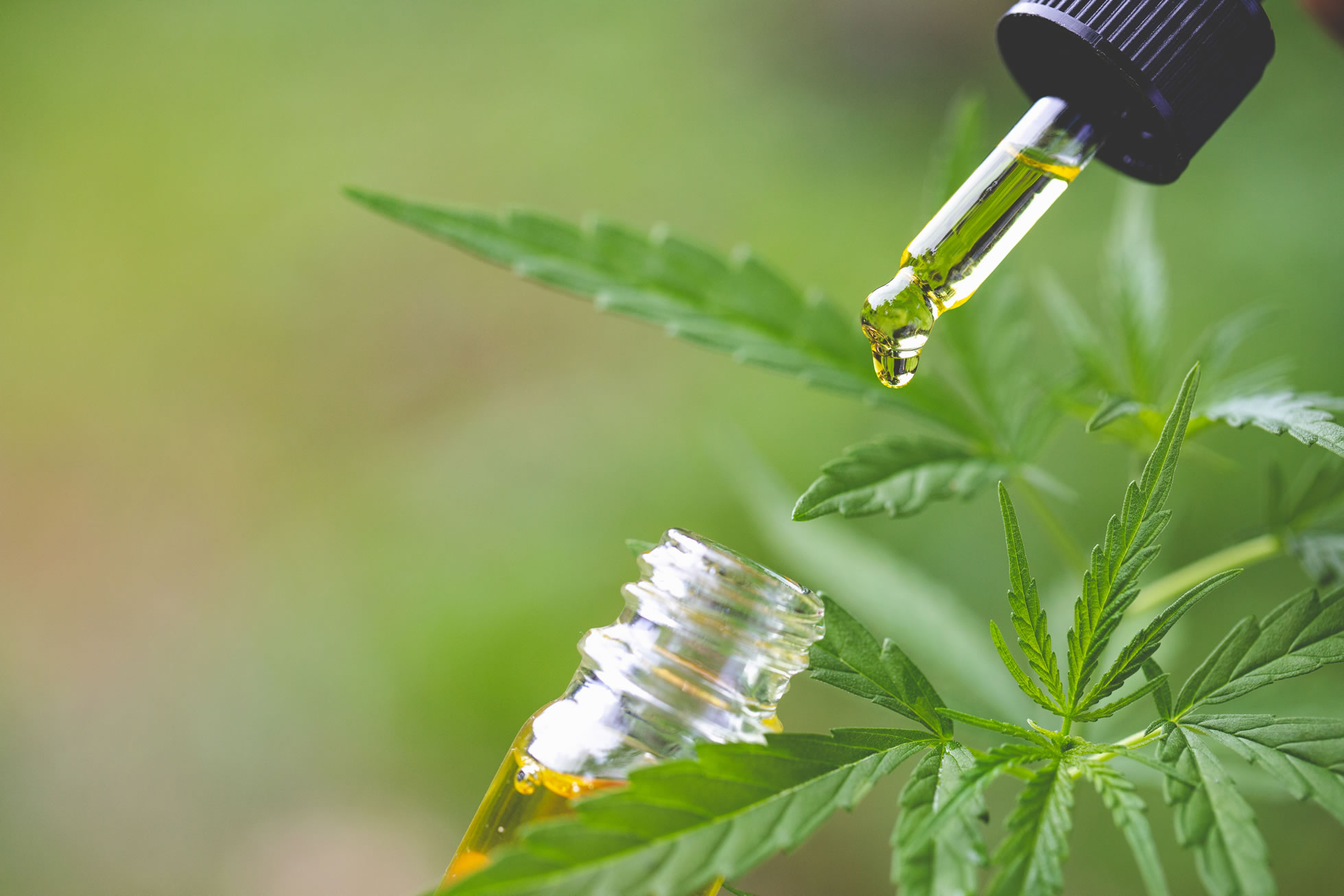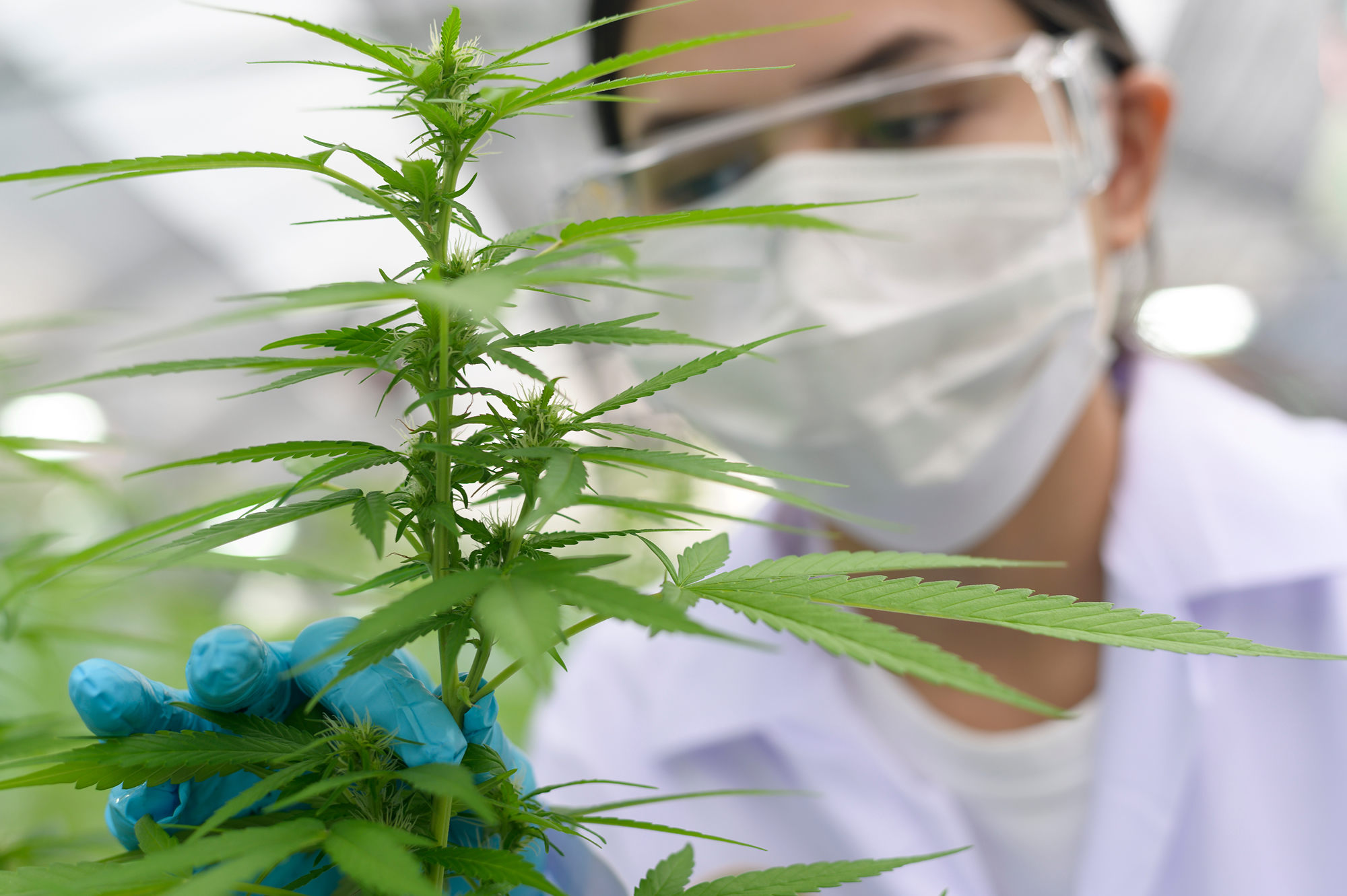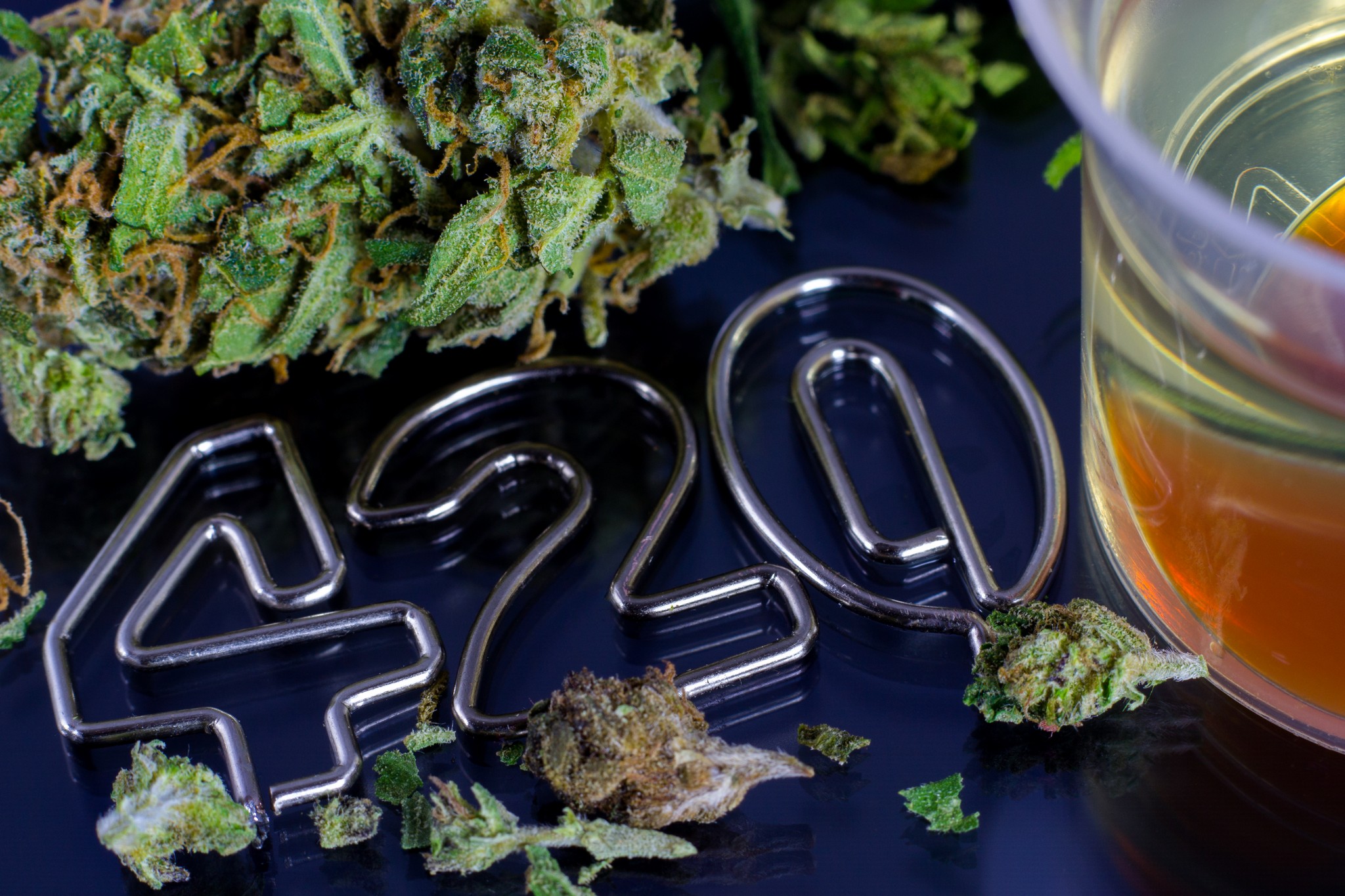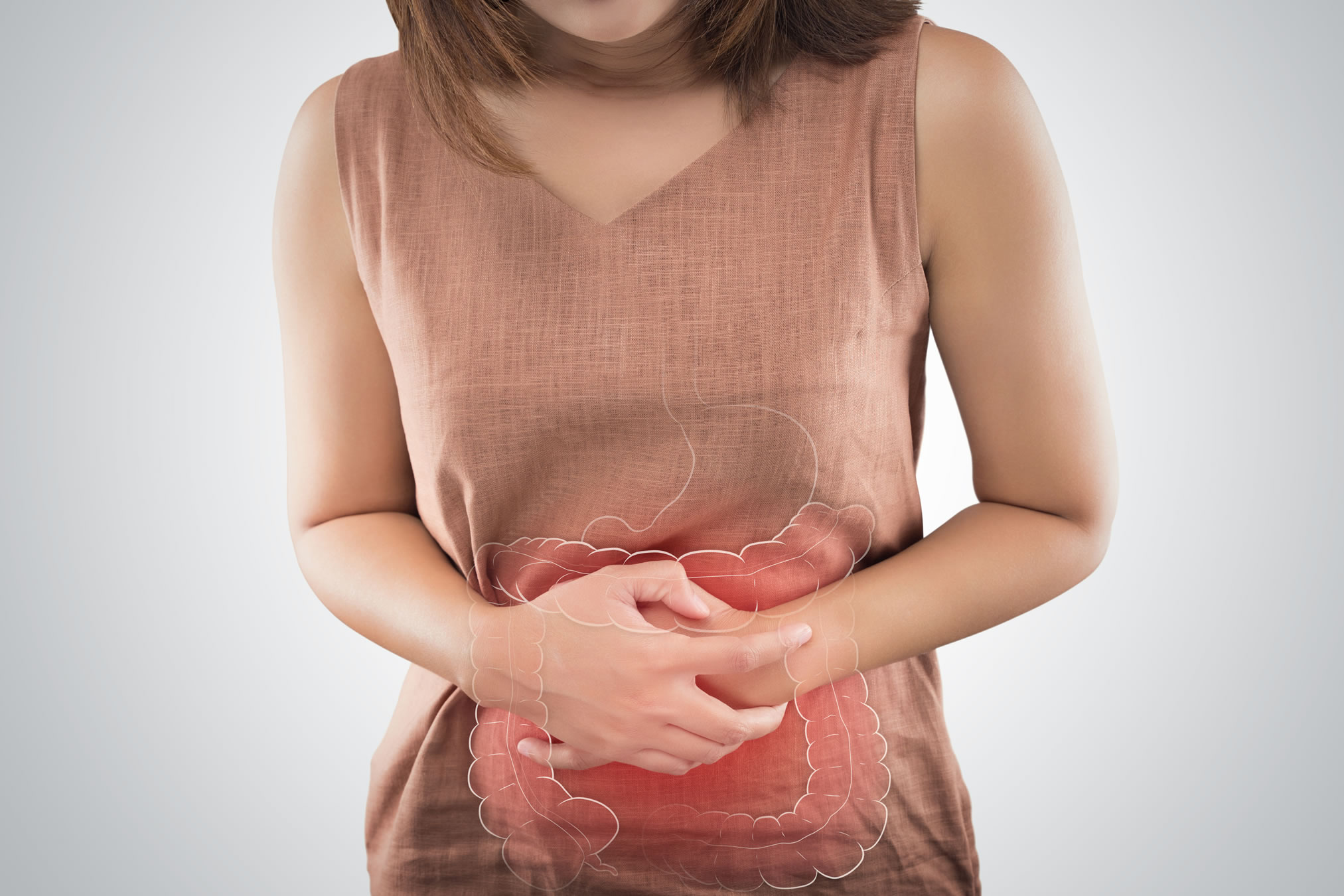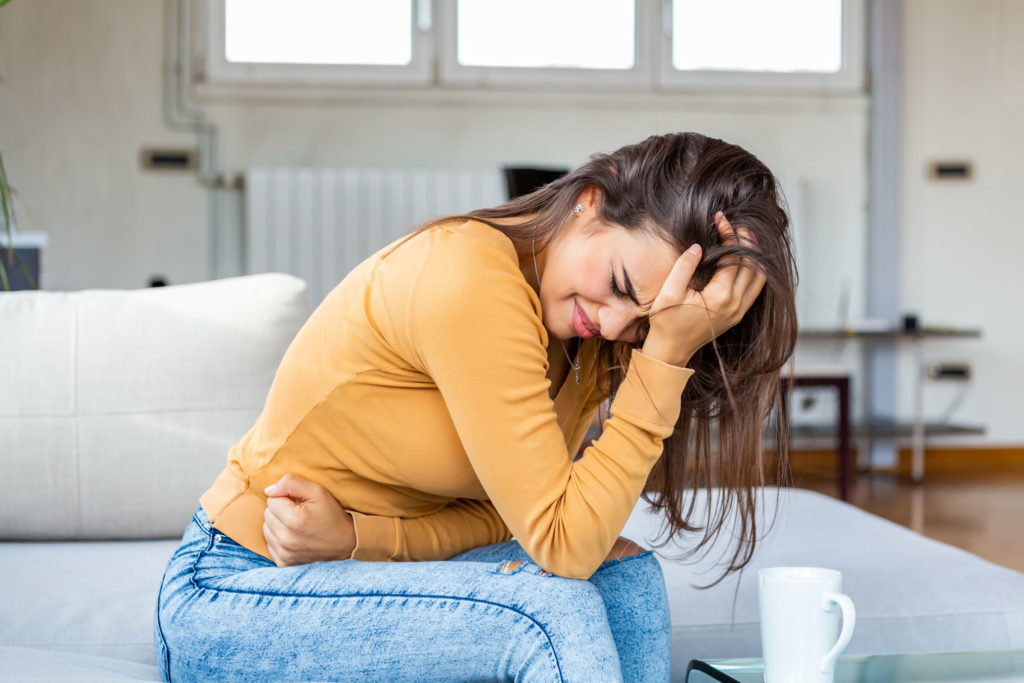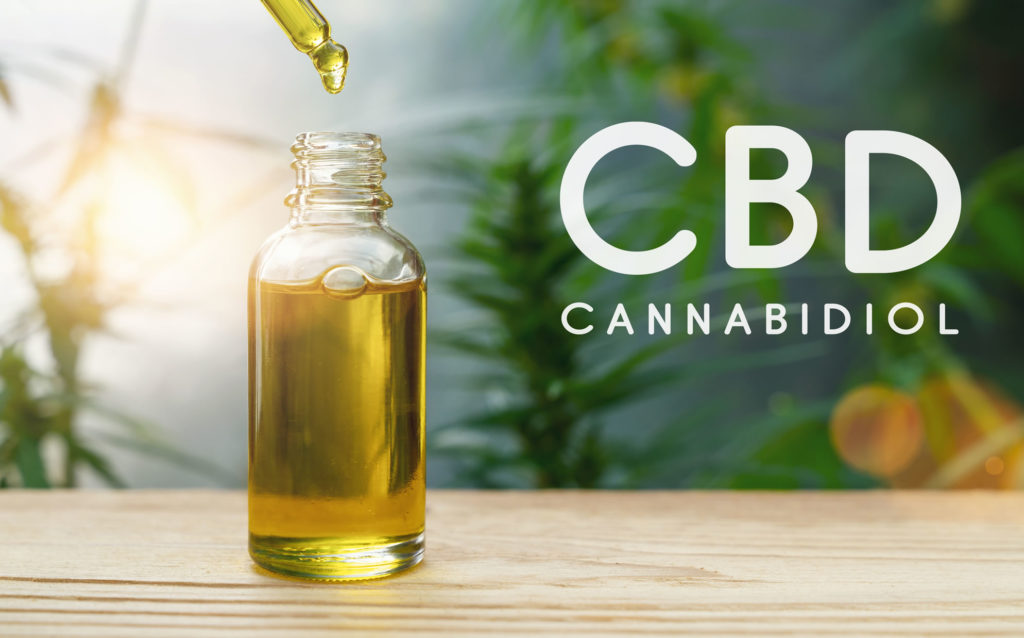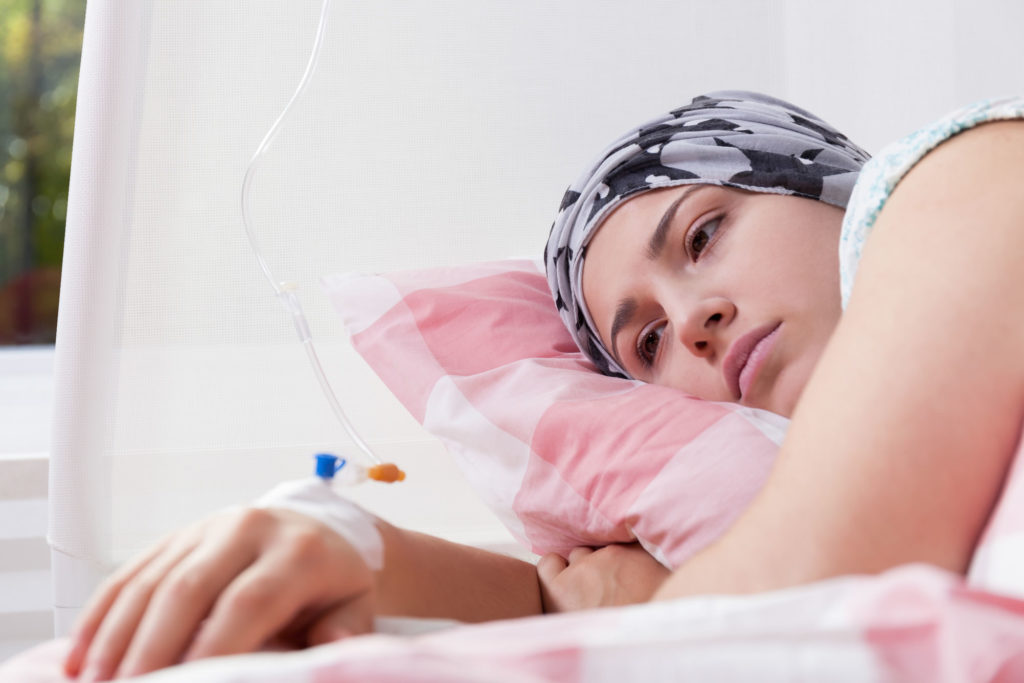WHAT IS THE RIGHT CBD DOSE
Cannabidiol (CBD) is widely used by those suffering from a range of maladies and conditions, which is understandable given that studies show CBD has anti-inflammatory properties, increases the duration of sleep, and reduces the symptoms of stress and anxiety.
Choosing an appropriate (and effective!) dosage for your body can be a challenge. Based on limited reach and patient feedback, it has been noted that some research participants have taken as low as10mg, while others have taken as high as 1000mg, respectively.
This suggests that there is no exact dosage to be taken by everyone across the board. However it does not mean that you can’t find the right balance to achieve your desired results.
The safest and most effective method for finding the right dose of CBD is to follow two simple steps:
Start low and slow.
Going slow is the best way. Sure, it will take you some time to figure out the proper dosage that works for you, but you won’t have to second guess yourself about whether you’re taking too much CBD for your goals.
Start with a low dose and see how your body responds to it. If you start off with a large dose, you may start to feel mild, unpleasant side effects like drowsiness and fatigue.
If you aren’t seeing results after a week or two, increase your dose.
Naturally, not everything may go according to plan. So if you notice that your body isn’t responding the way you want it to when you take a lower dose, it might be time to increase your dosage a bit and monitor how your body responds.
Keep increasing the dosage slightevery 1-2 weeks until you begin experiencing the effects you’re going for.
The trial of dosing should be as per advise from your Cannabis Doctor team
What’s if you’ve found the right dose of CBD?
Remember, it’s not all about finding the right dosage for you and leaving it at that. How you consume CBD also makes a difference. It’s wise to go in with a general understanding of the different methods of taking CBD, including vaping CBD oil, eating CBD edibles, applying CBD topicals, and taking CBD oil sublingually. Now that you understand the process of finding the perfect CBD dose for you, it’s time to decide what method of taking CBD is preferable foryou and your lifestyle.
CAN ONE BE ALLERGIC TO CANNABIS
Marijuana is similar to any other plant which, can be generally beneficial, but may cause allergies in some consumers
According to studies, about 45% of patients who were allergic to cannabis also reported a reaction to plant-derived foods.
Symptoms, can range from skin irritation to respiratory issues to — in the most severe cases — anaphylactic shock.
“Skin symptoms are generally from touching it,”
One can sometimes see itchy skin and hives and sometimes there is swelling of the eye if you touch your eye after touching the marijuana plant. Respiratory symptoms can be nasal running and sneezing with associated itchy, watery eyes. Occasionally you’ll see wheezing, shortness of breath and asthmatic reactions. Anaphylactic symptoms generally occur with hempseed (or eating marijuana products)… Potentially, any anaphylactic event can be serious and life-threatening.”
Studies have shown that some people just with passive exposure (to marijuana) did have sensitization or allergy symptoms. “At this point, it’s under-recognized and under-diagnosed.”
Avoiding marijuana is the only “truly effective way to deal with a marijuana allergy.” The good news is, if you test positive for cannabis allergies and experience common allergy symptoms, a doctor or allergy specialist may be able to prescribe common allergy treatment methods — i.e. nasal spray, antihistamines, or EpiPens if necessary — to reduce or eliminate symptoms.

